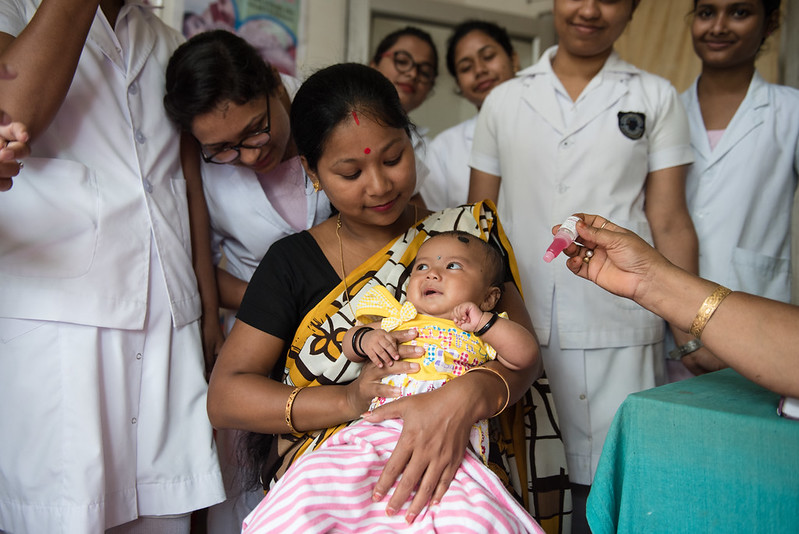Missed Opportunities for Vaccine Equity (MOVE)

Challenge
Hospitalized children represent a subgroup of particularly vulnerable populations with risk factors for poor health outcomes. Paradoxically, these children seek healthcare for illnesses, but often get overlooked for vaccinations. Pooled analyses from seven countries in Asia, Africa, and the Americas showed that up to a third of under-vaccinated hospitalized children left the hospital without receiving catch-up vaccinations. We seek to investigate the barriers to vaccinations in hospitalized children in two countries, India and Nigeria, and test strategies to address these missed opportunities.
Approach
The study will elucidate the novel problem of missed opportunities during hospitalization by quantifying the proportion of under-vaccinated children who remain unvaccinated at the time of hospital discharge. Our study is designed to systematically collect the vaccination status of hospitalized children at the time of admission and discharge, while also documenting caregivers’ and healthcare providers’ perspectives on barriers to vaccine access. We will use this data to provide potential solutions to the problem of missed opportunities among hospitalized children, who are disproportionately burdened by vaccine-preventable diseases. Our intervention to reduce missed opportunities for vaccinations will include the MOV Strategy utilized by the World Health Organization. We will utilize a human-centered design approach to contextualize this intervention through co-creation workshops with caregivers, healthcare workers, and other stakeholders.
Results
This project has the potential to target vaccination inequities in India and Nigeria. If children that present to the hospital for illness treatment were to receive their due vaccines in these settings, the estimated potential gain in vaccination coverage would be 6-14 percentage points. Because this gain will occur in vulnerable populations, the translation to better health outcomes will be substantial. By engaging major stakeholders through our human-centered design approach, we will ensure the sustainability of this project beyond this grant.
Project Status
Complete
Practice Areas
Coverage & Equity, Impact Evaluation
Disease Focus
Vaccine Programs
Location
India, Nigeria
Target Population
Child
Project Contact
Anita Shet, MD, PhD
ashet1@jhu.edu
